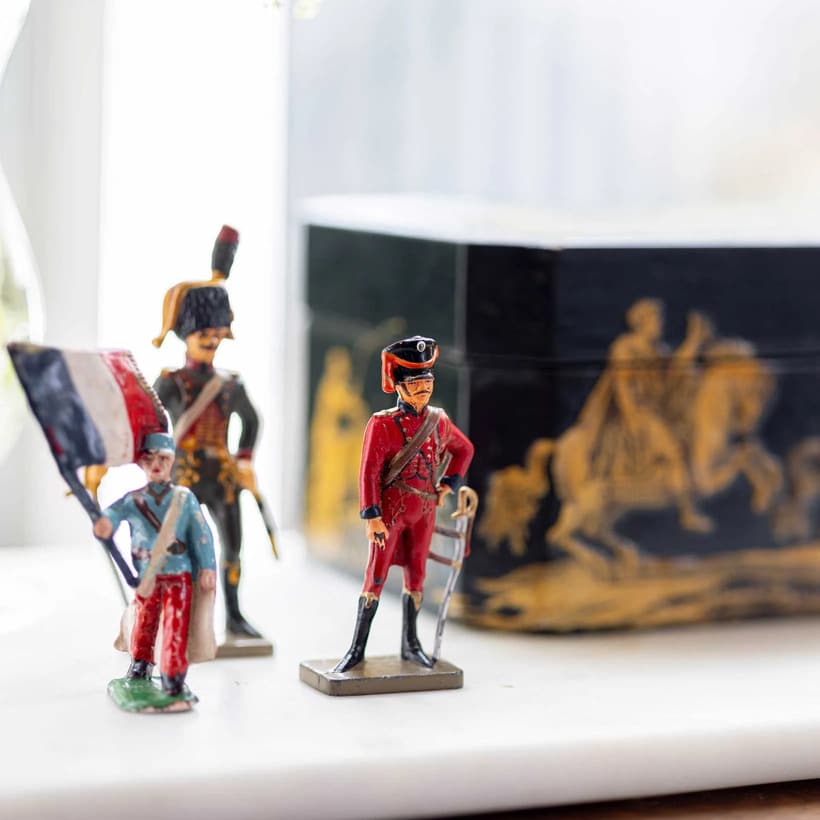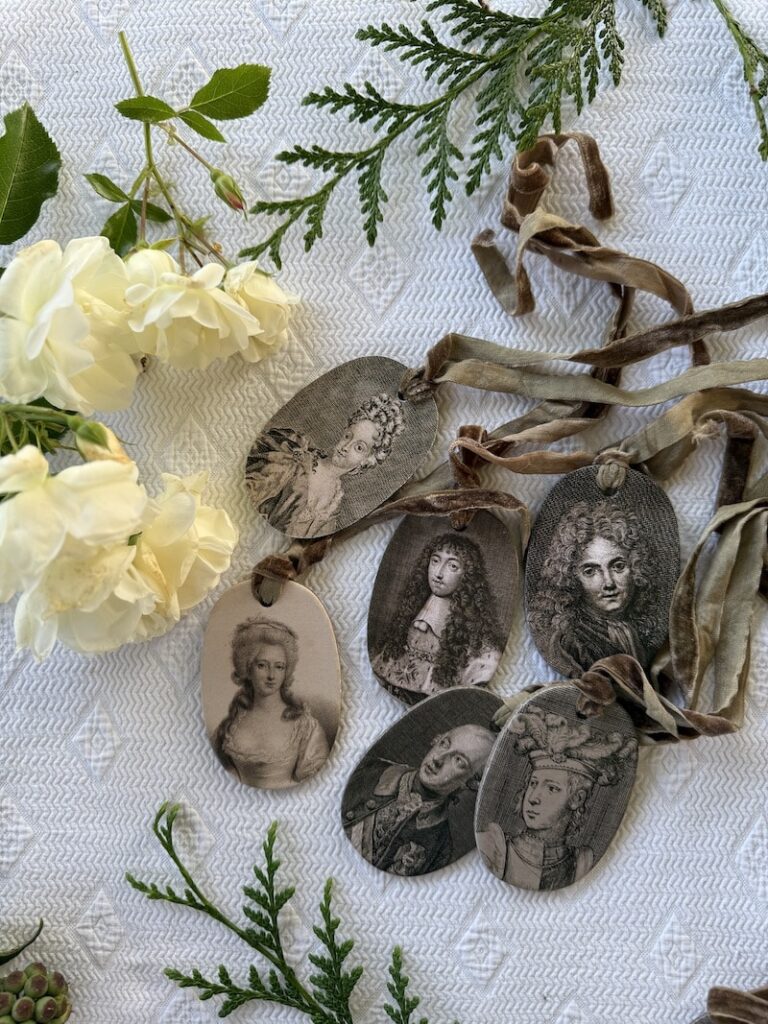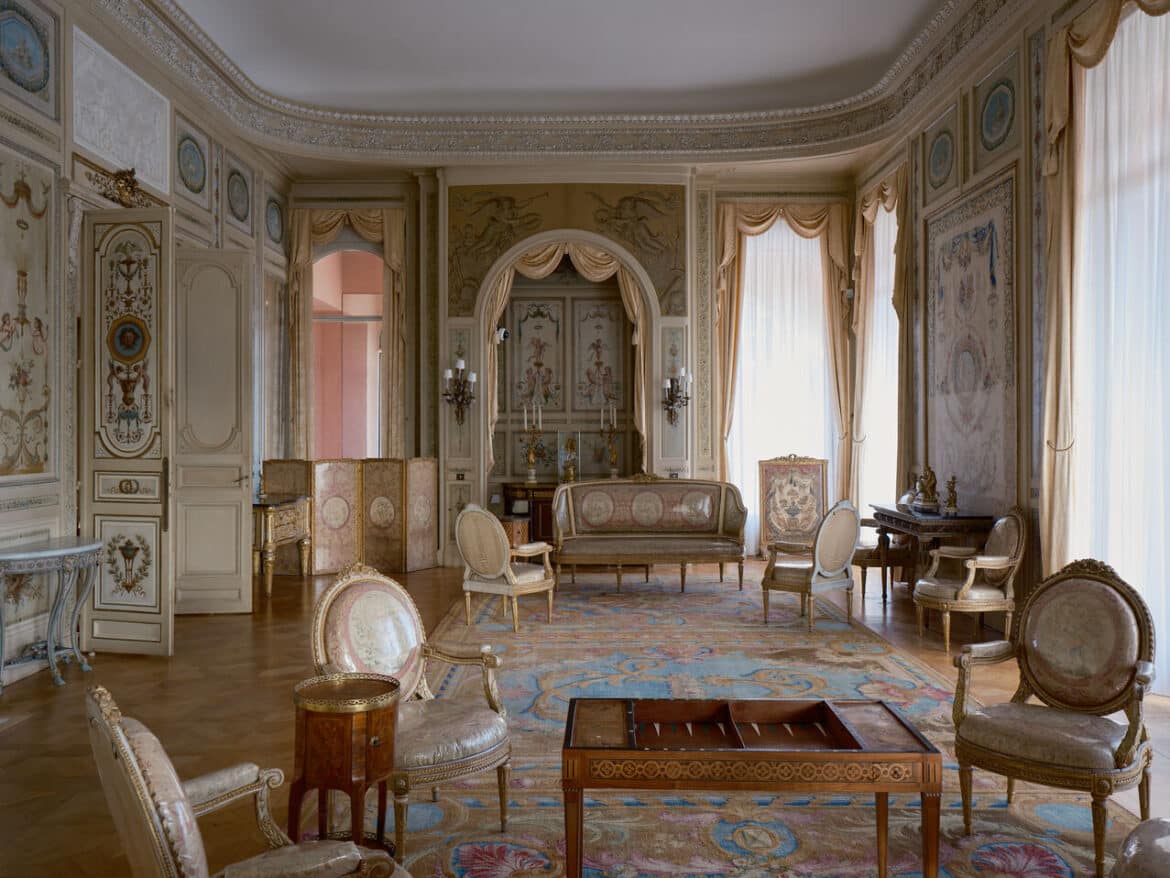Photo by Anthony Lanneretonne
French royal style has shaped interiors for centuries, extending far beyond the reigns of Louis XIV, XV and XVI. With each monarch came a marked shift in design, as palaces were redecorated to reflect the latest royal taste. For Louis XIV, this meant a Versailles filled with gilded marquetry, symmetry and furniture of dramatic scale; Louis XV embraced Rococo curves, florals and pastel upholstery; while Louis XVI ushered in neoclassical refinement with fluted legs, straight lines and carved garlands.
Later styles followed politics and fashion: Directoire pared back the neoclassical style even further, only for Empire to introduce Napoleonic grandeur with mahogany, gilt bronze and black lacquered furniture. Restoration softened forms once again, placing plush upholstery and comfort at the forefront, while Louis Philippe prioritised polished restraint. These centuries saw the height of French design, with royal patronage driving extraordinary craftsmanship. Today, these styles still inspire, and original pieces remain highly prized.
SUBSCRIBE TO THE MAGAZINE
There are so many ways that French grandeur can be reimagined at home. While curvaceous lines and ribbon details lend romance to boudoirs, salons and bathrooms, Empire’s symmetry and scale suit dining rooms, libraries and studies. Some may prefer to research one period and build a consistent scheme, while others may find a mix-and-match approach gives a fresher sense of coherence, without the rigidity.
From antiques sourced from reputable dealers to rich textiles, statement lighting and details that show finesse, here are our favorite ways to bring the splendor of Versailles into your space.
Use the code MFCHMAG10 for 10% of your purchase on the boutique!
1. Authentic Antiques

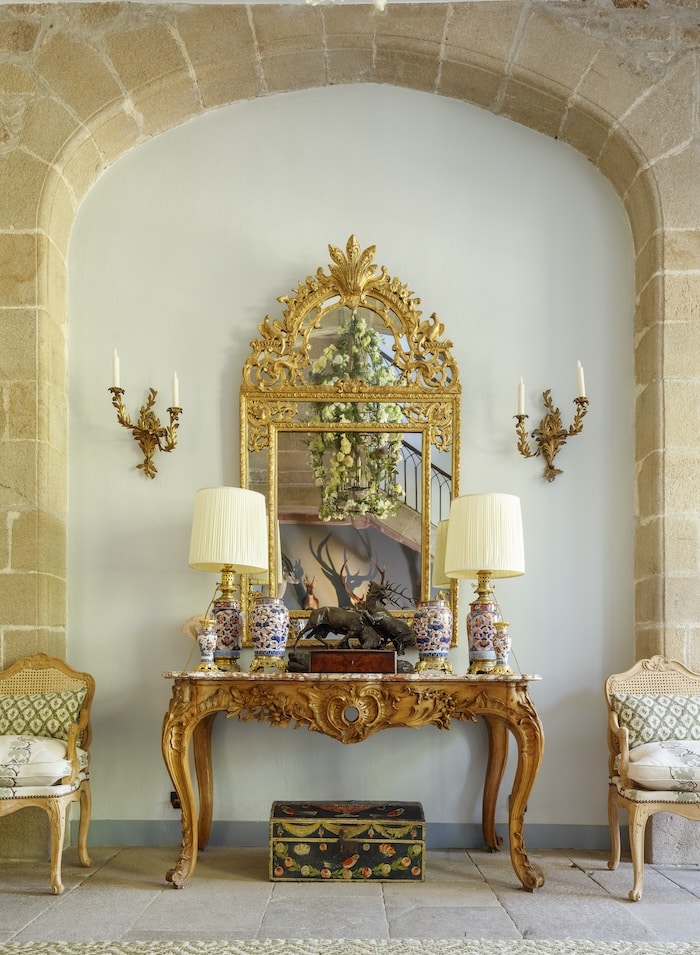
Period furniture is the foundation of a regal scheme. Antiques from the 18th and 19th centuries capture the look most directly, and their fine craftsmanship means they last a lifetime — and longer — if cared for well. Look for details such as dovetail joints, marquetry, exotic veneers, gilt bronze mounts and inlays. These instantly add a sense of grandeur to a piece.
Pieces once designed for aristocratic pursuits, like writing desks, card tables, commodes and dining tables make great additions, as they still carry the aura of wealth and leisure. This Louis XV secrétaire from Puces de St. Ouen, with parquetry inlay and finely tooled leather, is a fine example, and would make the perfect addition to any writer’s room, while this Louis XV two-drawer commode with its beautiful burled parquetry top and bronze inlay works equally well placed next to a sofa or bed.

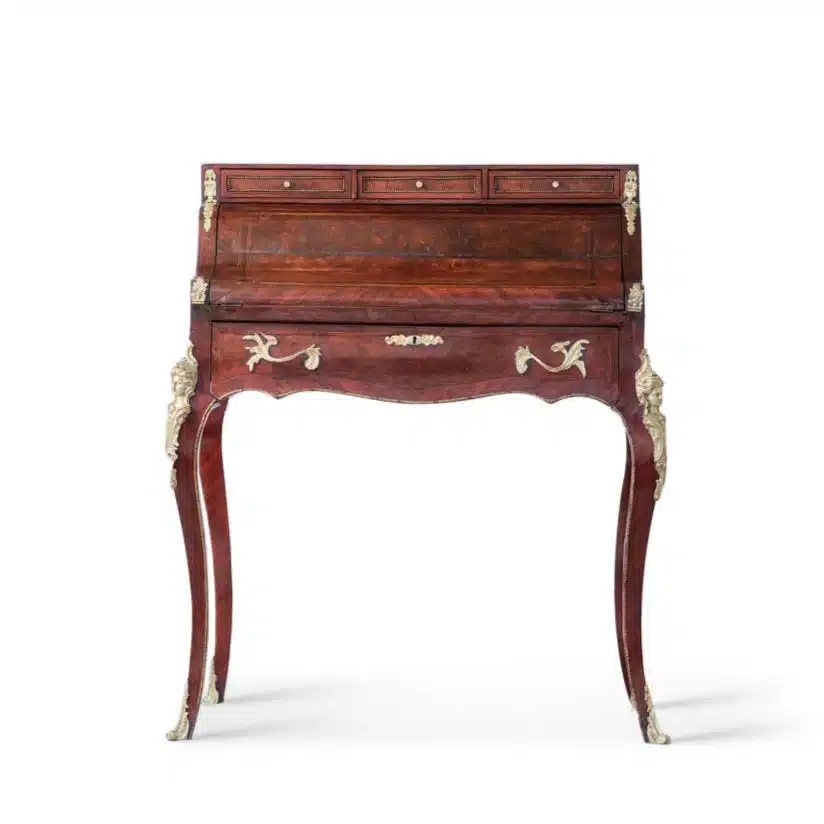
2. Decadent Lighting
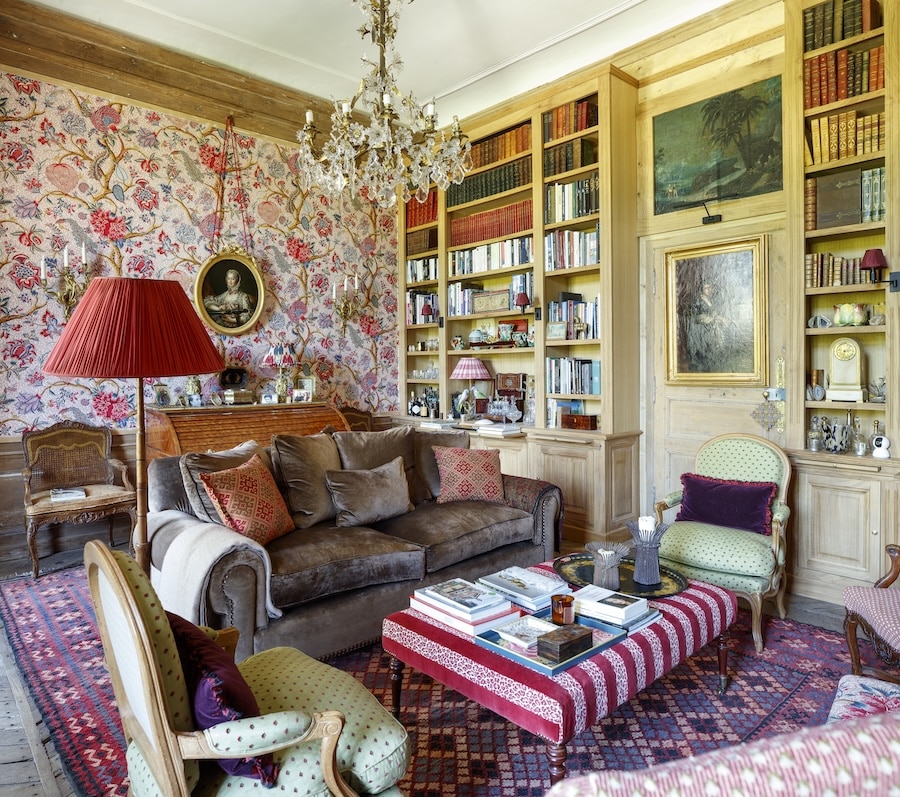
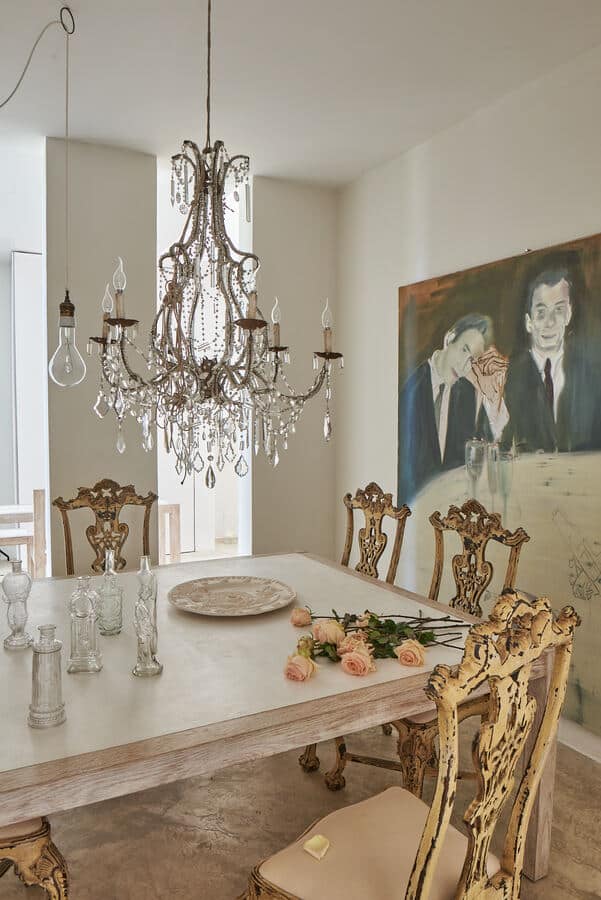
From chandeliers dripping with pendants, to wall sconces flourishing with ornate ironwork, there are many ways to set a regal tone through lighting. Even something as simple as a marble candlestick can create that desired sense of drama.
Historically, crystal was a favourite in French palaces, prized for its ability to refract candlelight into shimmering prisms, amplifying the glow of a room. Today, crystal chandeliers remain a statement, but options in gilded bronze or sculptural ironwork can be equally effective and easier to find. Just make sure to avoid anything too rustic — however charming it may be — and instead choose materials that command presence, creating lighting displays that feel ceremonial and transformative.
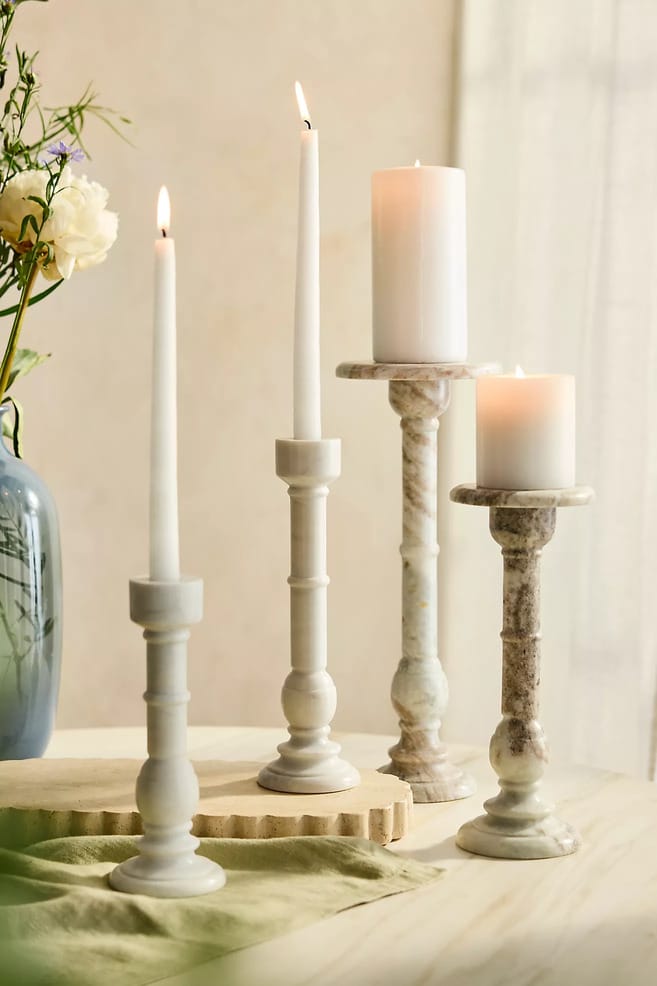


3. Rich Fabrics
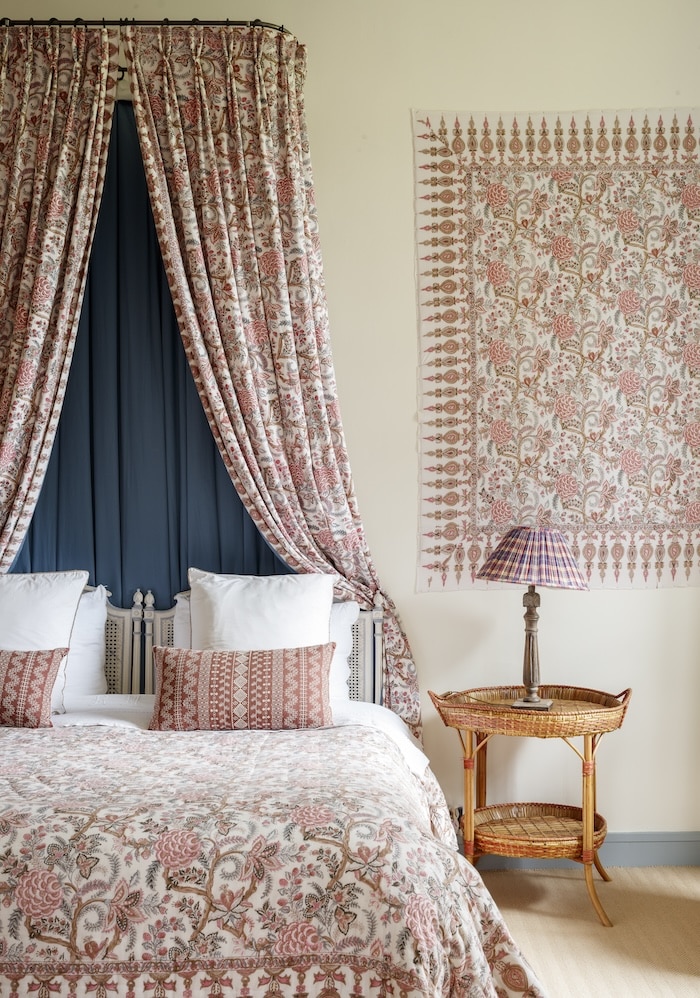
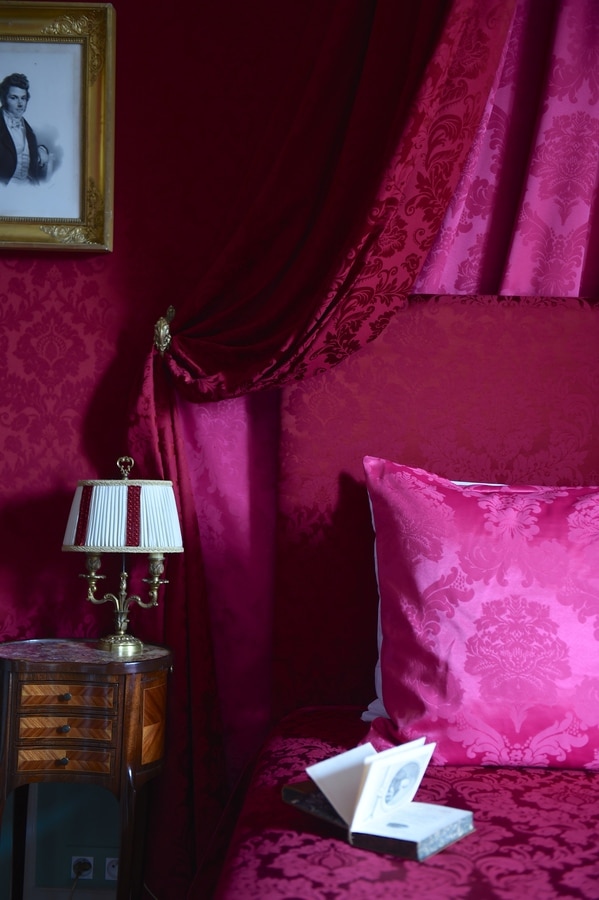
In drafty châteaux, textiles were more than decoration — they were essential for warmth. Heavy silk damasks, velvet curtains and embroidered cottons softened vast rooms as well as providing a sense of splendor. Today, fabrics remain one of the simplest ways to introduce French grandeur at home. A velvet cushion or silk bedspread adds richness, while embroidered drapery or tapestry-style throw pillows give a nod to aristocratic layering.
Pro Tip: Like the grand salons of the past, your fabric selections should combine opulence with order. Don’t be afraid to layer different textures and patterns, but make sure every choice is purposeful and creates a feeling of coherence rather than excess.
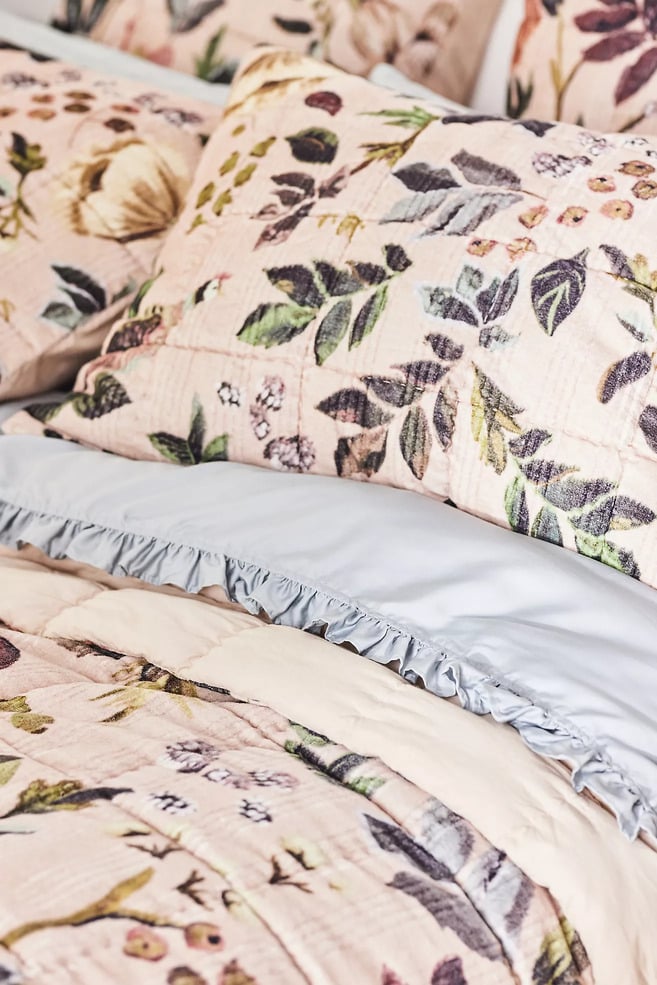


4. Detailed Dinnerware
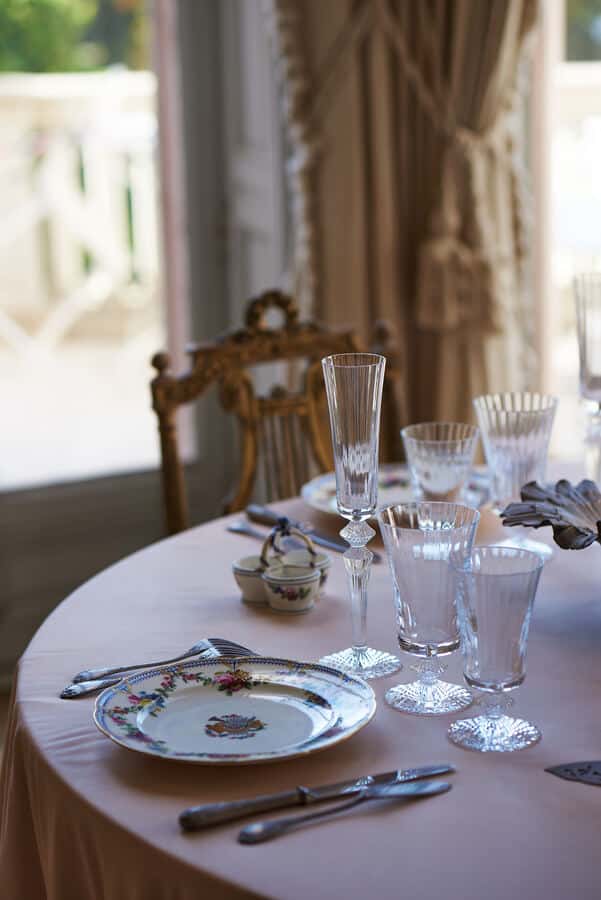
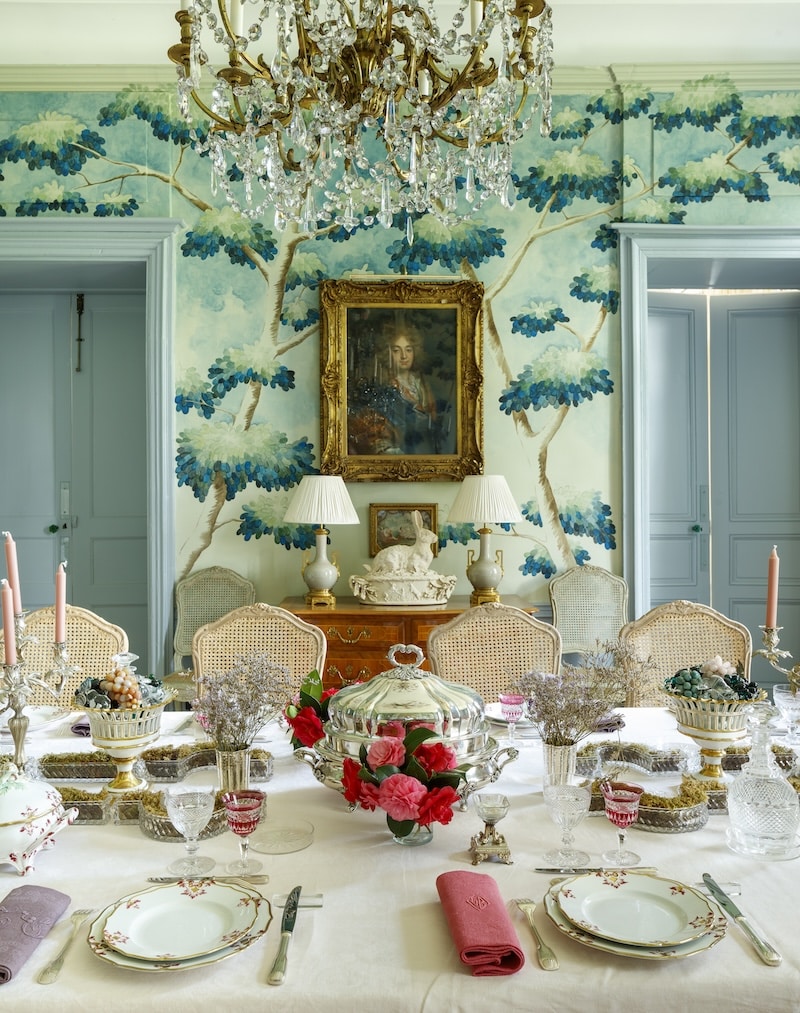
The French table has always been central to grandeur. For the aristocracy, meals were as much theatre as sustenance. Every detail mattered: copper pots gleamed in the kitchen, while etched glassware and finely tooled silver graced the dining room. Tableware was a reflection of prestige and hospitality, designed to impress as well as serve.
Today, investing in tableware brings an instant sense of occasion to any setting, whether you’re hosting a dinner party, or simply laying the table for two. Look for antique silver serveware, copper pans and hand-blown glasses which carry signs of craftsmanship and heritage. A modern way to capture this tradition is with La Rochère’s Versailles Tumblers, whose etched detailing recalls motifs found within the palace itself. They keep things elegant but are practical enough for the everyday use.

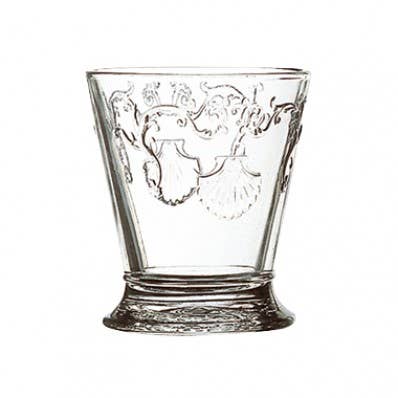
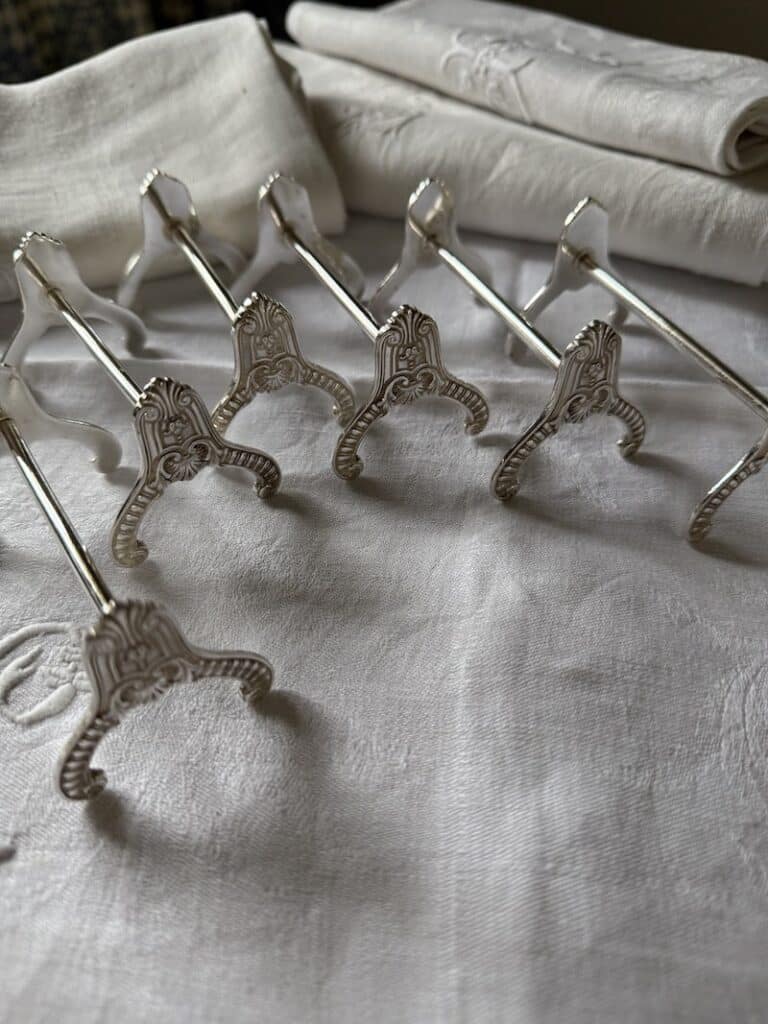
5. Distinguished Décor
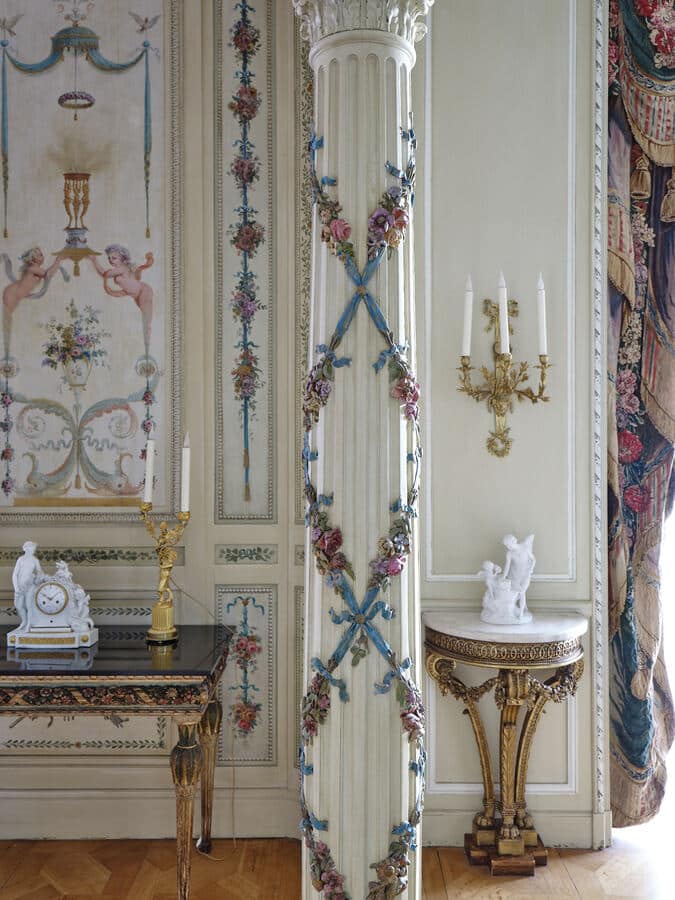
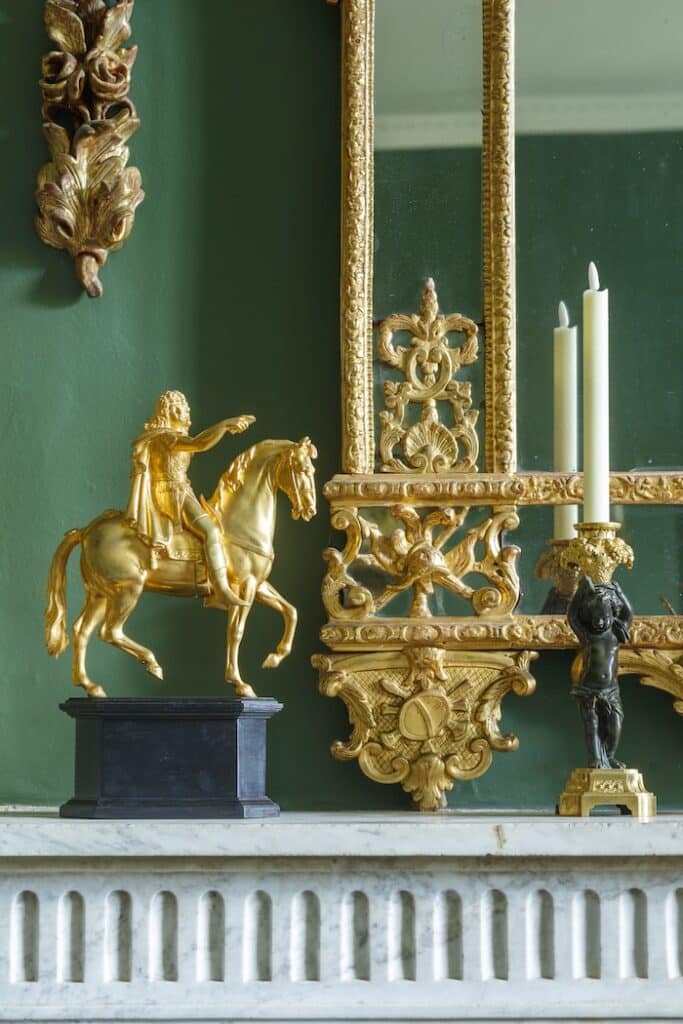
The finishing touches are what transform a room from pleasant to powerful. Grand French homes have typically leant on marble, gilt-framed mirrors and bronze statuary to imbue their homes with a sense of wealth. Portraits of monarchs and mythological scenes decorated walls, while objets d’art — globes, clocks or games — revealed aristocratic taste and intellect, while military symbols and Napoleonic references added weight, reminding guests of power and lineage.
For modern interiors, these elements should be distilled rather than replicated full-scale. A gilt-framed mirror above a mantel, a bronze bust on a bookshelf, or a marble-topped side table all nod to history without overwhelming a space. Even playful touches, like vintage Napoleonic toy soldiers, recall 19th-century salons and add character to bookshelves or side tables.
Pro Tip: When it comes to styling trust your intuition. It’s less about copying a palace room-for-room and more about borrowing its codes: quality craftsmanship, rich materials and signs of a life led theatrically.
